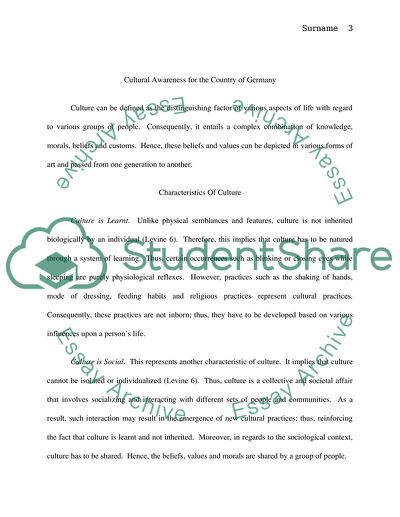Cite this document
(“Cultural Awarenesss for the country of Germany Essay - 1”, n.d.)
Cultural Awarenesss for the country of Germany Essay - 1. Retrieved from https://studentshare.org/military/1601168-cultural-awarenesss-for-the-country-of-germany
Cultural Awarenesss for the country of Germany Essay - 1. Retrieved from https://studentshare.org/military/1601168-cultural-awarenesss-for-the-country-of-germany
(Cultural Awarenesss for the Country of Germany Essay - 1)
Cultural Awarenesss for the Country of Germany Essay - 1. https://studentshare.org/military/1601168-cultural-awarenesss-for-the-country-of-germany.
Cultural Awarenesss for the Country of Germany Essay - 1. https://studentshare.org/military/1601168-cultural-awarenesss-for-the-country-of-germany.
“Cultural Awarenesss for the Country of Germany Essay - 1”, n.d. https://studentshare.org/military/1601168-cultural-awarenesss-for-the-country-of-germany.


